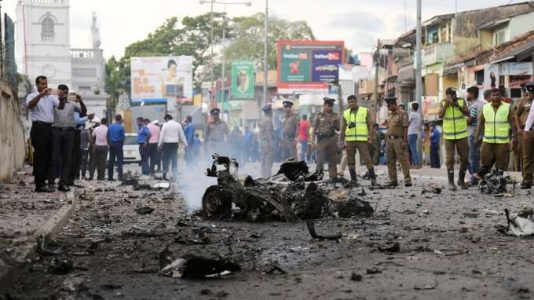
The threat of ISIS has not disappeared and it might even have grown Sri Lanka attacks show
Did Islamic State commission the attacks in Sri Lanka? Did the terror group sub-contract the killings to a local jihadist organisation or did the suicide bombers only have a loose ideological alignment?
These are some of the most important questions in global counter-terrorism. But Sri Lankan authorities, helped by intelligence agencies around the world, have yet to reach conclusive answers.
There is no comforting explanation for what happened on Easter Sunday, but a direct ISIS connection would be the most worrying account. It would mean that 29 days after the group’s territorial defeat was declared in Syria, it managed to carry out its most deadly massacre outside the Middle East with a death toll that has now far surpassed that of the co-ordinated terrorist attacks in Paris in November 2015. And it happened in a country where ISIS was thought to have only a small footprint.
An ISIS news agency has released a video which allegedly shows some of the attackers pledging allegiance to the group’s leader, Abu Bakr Al-Baghdadi.
If the footage is genuine – and that’s a big ‘if’ – it would suggest that the attackers were, at the very least, familiar with the language and customs of the group. More worryingly, the ability of the group’s central infrastructure to obtain and release the video might indicate some form of direct contact between the attackers and the terror network.
“The caliphate is over but the ideology is not” became a cliche from the analysis of the group’s territorial defeat. But almost one month on, the slaughter in Sri Lanka might be evidence that ISIS is still plotting, still inspiring. It demonstrates that the threat it poses in parts of the world has not disappeared. In fact, it might have grown.
Source: ITV





